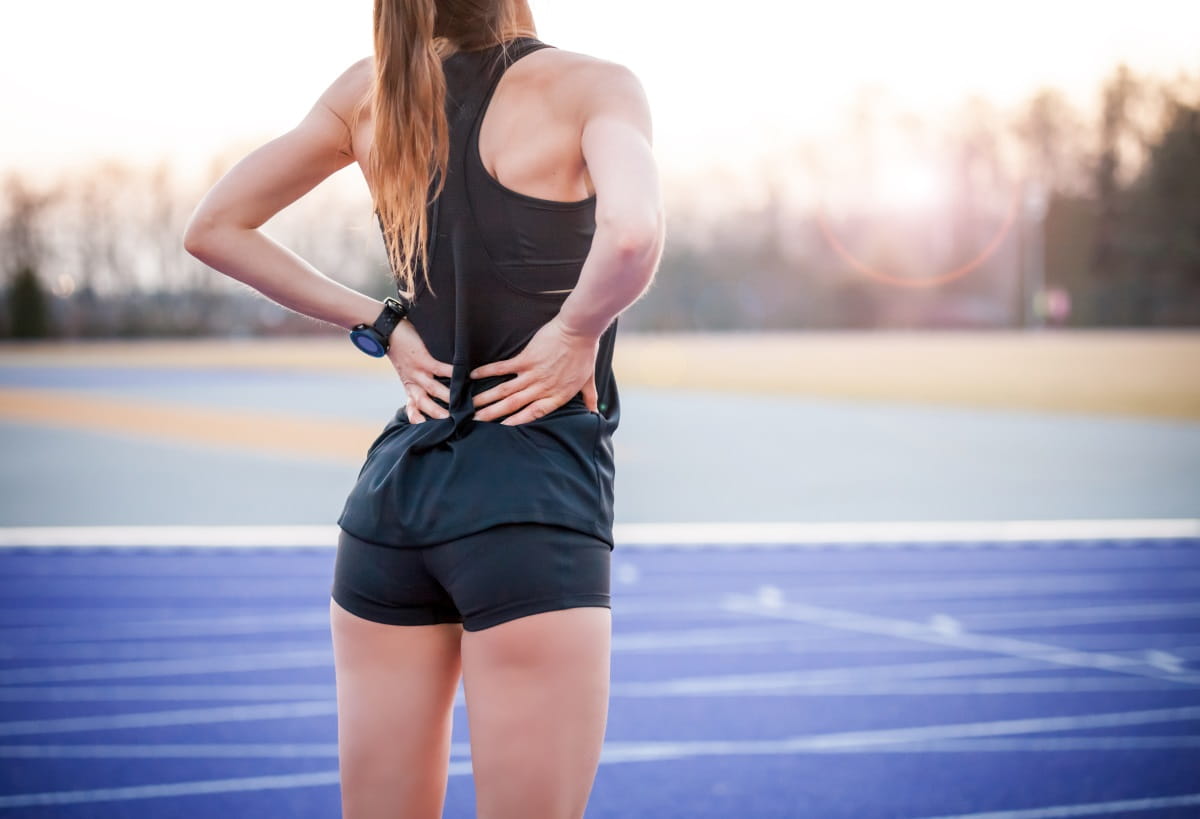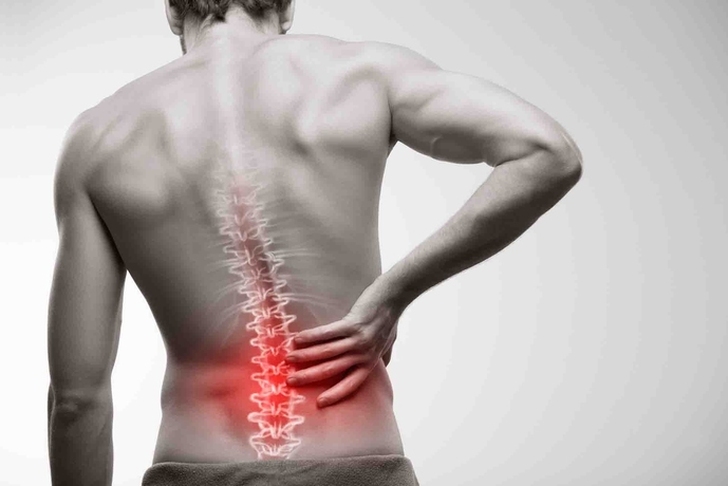Lower back pain affects most people at some point in their lives. However, it’s more common in athletes. Lower back pain is among the top causes of missed work in the United States. Its symptoms include a dull to stabbing sensation, posture problems, muscle spasms, and stiffness. The pain can range from mild to chronic. Lower back pain that lasts more than two months is considered chronic.
Usually, lower back pain heals with enough rest, physical therapy, and pain relievers. If pain lasts more than 72 hours, consider visiting the doctor for a checkup. You should also seek medical care if the back pain causes problems with bladder control, fever, leg weakness, or pain when urinating.
In this article, we’ll look at the leading causes and treatment options of lower back pain in athletes. Read on to learn more.
Causes Of Lower Back Pain In Athletes
There are many causes of lower back pain among athletes, including:
Musculoligamentous Strain
Musculoligamentous is a medical term that means back strain. It refers to all injuries affecting the lumbar spine’s soft tissue, which comprises the nerves, muscles, tendons, ligaments, and blood vessels surrounding the spine. Back strains are the most common type of sports injury. This type of injury doesn’t spread or get worse and usually heals with time. Healing may occur without even treating the specific area of the pain.
Treatment focuses on preventing future strains through adequate conditioning, warm-up exercises, and changes in how an exercise is performed. If this type of injury persists, consider consulting a doctor. In such a case, you can book an appointment with Colorado Springs Chiropractor for a comprehensive checkup.

Spondylolysis
Spondylolysis is a stress fracture of the lumbar vertebrae. It’s most common in athletes who engage in sports with regular hyperextension of the lumbar spine, such as gymnasts, weightlifters, footballers, and pole vaulters. Spondylolysis doesn’t have noticeable symptoms except chronic lower back pain in extreme conditions.
Pain caused by this type of injury can be reduced by spinal decompression non surgical therapy and anti-inflammatory medications. If you have a severe stress fracture, the spine specialist may recommend placing you in a back brace for several months to allow the fracture to heal.
Herniated Nucleus Pulposus
Herniated nucleus pulposus (HNP) is another cause of lower back pain in athletes. This is a condition wherein the nucleus pulposus (the gelatinous substance in the center of an intervertebral disc) leaks out from the tough outer casing. This may happen when athletes damage their intervertebral disc as a result of bearing excessive weight and stress.
Athletes apply more pressure to the spine than average people. With time, repeated stress and minor injuries impact the discs in the spine. Excess pressure to the annulus or disc outer fibers causes them to rip and the nucleus to rupture. This condition is called herniated discs. Herniation causes nerve compression, causing pain, numbness, leg and arm weakness, and a change in reflexes.
Treatment Options For Lower Back Pain
Athletes are usually capable of enduring discomfort as they’re used to dealing with constant pain. This can make them ignore the severity of the lower back pain. Therefore, the doctor must get a comprehensive history of athletic activity before developing a treatment plan. The doctor will need to know the type of sport and level of competition, the patient’s age, previous medical history, when the pain began, location of the pain, and medications used.
The treatment options for lower back pain include non-surgical methods such as:
Physical Therapy
Physical therapy is the first treatment option for mild to severe lower back pain. The therapist develops exercises that suit your specific symptoms and condition. Physical therapy includes aerobic and flexibility exercises, core strengthening, stretching, and retraining your posture.
Spinal Decompression
Spinal decompression is a non-surgical treatment that’s performed on a special lumbar decompression table. Spinal decompression works by stretching the vertebrae and forcing essential fluids and oxygen that act as shock absorbers back into the discs. This helps relieve back pain, rectify posture damage, reverse degenerative disc disease, and treat herniated discs.
Anti-Inflammatory Medication
Non-steroidal anti-inflammatory drugs (NSAIDs) help treat both pain and inflammation. Inflammation is one of the causes of neck and lower back pain, so reducing inflammation helps reduce pain.
NSAIDs work by alleviating the production of prostaglandins, which are chemicals that trigger pain, inflammation, and fever. The common types of NSAIDs are aspirin, naproxen, ibuprofen, and celecoxib.
Conclusion
Lower back pain is a common issue among athletes. This type of pain has different causes. Spine specialists should be able to identify them and suggest the best treatment options so that the athletes can get back to their sports activities.
Check out Chat Sports on YouTube for NFL, NBA & college football coverage!
Back to the Sports Tech Newsfeed